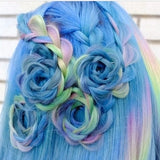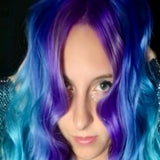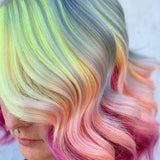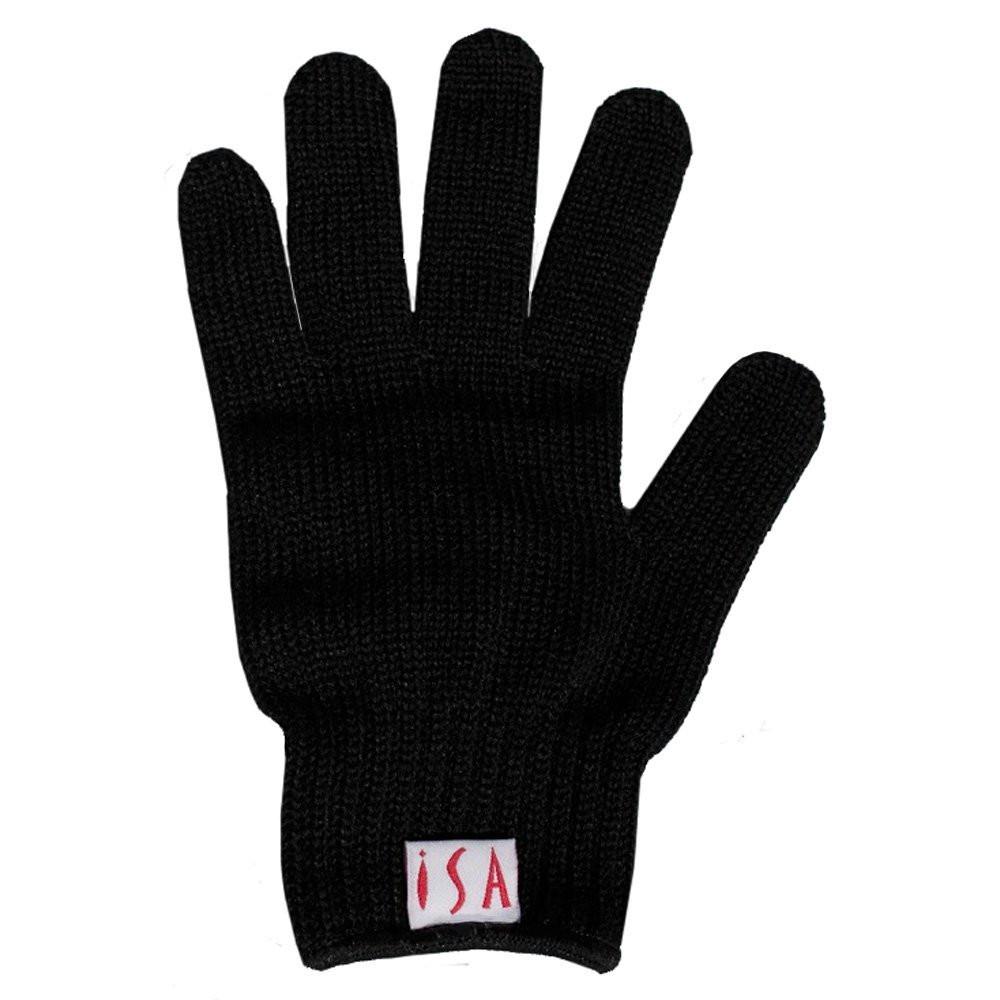Hairstyles in Ancient Egypt, Rome, & China
Hairstyles Are Ancient History
Hairstyling is one of humankind’s most personal and creative methods of self-expression, and one of our most basic methods of communication. Our hair can tell the world we’re reserved and professional, edgy and on trend, carefree and down to earth, or anything else we want to be. Glamorous. Wild. Innocent. You name it, and there’s a hairstyle for it.
In fact, hairstyling is tens of thousands of years old. Even combs have been around for about five thousand years. And every time human ingenuity has leapt forward, we’ve created new versions of combs and hairbrushes and scented oils and barrettes and more to level up our hairstyles. The use of heat-based styling tools is just as old combs, starting as metal rods or tongs that were heated in flame! From the Babylonians to the Persians, the Greeks to the Egyptians, mankind are old school creators when it comes to our hair and how we wear it.
Egypt
The Egyptians celebrated cats, great intellects, and really fantastic hairstyles. If their own hair didn’t suit, they would employ hair extensions or wigs made from sheep’s wool or human hair. In fact, wigs were favored not just because someone could slip on the ideal hair at a moment’s notice, but because they meant the wearer could keep their heads shaved. A shaven head can be a great thing in a hot climate, and it also prevented nuisances such as lice.
Of course, only wealthy women could boast of wigs and elaborate hairstyles. Among women in the older Egyptian era, short hair was favored, often shoulder-length or just under. In the New Kingdom, fashion favored longer hair that was elaborately braided or curled or bound (or a combination!), heavy with adornments. Curling was achieved with metal tongs, and fat applied as a styling gel. The rich boasted ivory hair pins or combs, weighted gold beads, and headbands that evolved into splendid diadems. Those who lacked wealth did not lack imagination, and many poorer Egyptians would use flowers and berries to decorate their hair.
Greece & Rome
In Greece, women typically wore their hair long and when they didn’t, it was often due to class. Only wealthy women could afford to play with their hair, which is thankfully not true today. Many soft, elegant hairstyles we might think of as “classic” come from ancient Greece - like the chignon with stylish curls pulled forward over the ears. Besides curling, the Greeks would also put waves in their hair, and favored braids and buns and braided buns. They might weave brightly-colored cloths through their hair, or place jeweled combs, or use a diadem of precious metal to impress - and keep their hair out of their faces.
Romans took the Greek practices to another level. While they classically enjoyed the chignon and bun and diadem as much as their neighbors, Emperor Augustus and the Empire changed all that. Hairstyles became opulent and elaborate, festooned with tall tiers of curls or intricate curled layers or a dizzying complexity of twists and jewels and precious metals. When it came to hairstyles, imperial Romans didn’t play around!
China
Ancient Chinese women perhaps boasted of the longest hair around - since hair was seen as a gift from one’s parents, haircuts were largely avoided. While girls tended to wear their hair in braids, eligible young maidens showed off their tresses in loose ponytails with center parts or partial buns and twists adorned with hair pins and sticks. These accessories could be simple ivory, elegantly carved, or elaborate and jeweled confections of precious materials. Sumptuous headdresses could be seen as well, but these are particular to specific ethnic groups.
A married woman mainly kept her hair bound - in hairdos either simple or elaborate, depending on everything from her occupation to her social status. Simple hairstyles included a high bun or a low knot, and elaborate hairstyles might be lavishly decked out in ornate combs, flowers, headdresses, or buyao (those hair sticks with dangling elements that “shakes as you go” - the literal translation of buyao).
We hope you’ve enjoyed this small taste of the wide and wondrous history of humans and hairstyling! There’s still so much to tell, but you can already see that our hairdo history rests on a few notable columns - such as braids and twists, accessories, and heat styling. Here at ISA Professional, it’s heat styling that fascinates us the most - and drives us toward innovation!
The first modern curling iron (heated with hot air) is generally credited to Marcel Grateau, from which we get the chic Marcel Wave, so evocative of the 1920’s. Curling irons went electric in 1959 thanks to Rene Lelievre and Roger Lemoine, much to the relief of singed scalps across the world. Since then, we’ve only gotten better, developing professional styling tools with more precise temperature control and quality heating plates to more easily style hair. Would you love to know more? Just click over to our History of the Flat Iron. And don’t forget to drop us your thoughts on ancient hairstyles below!





